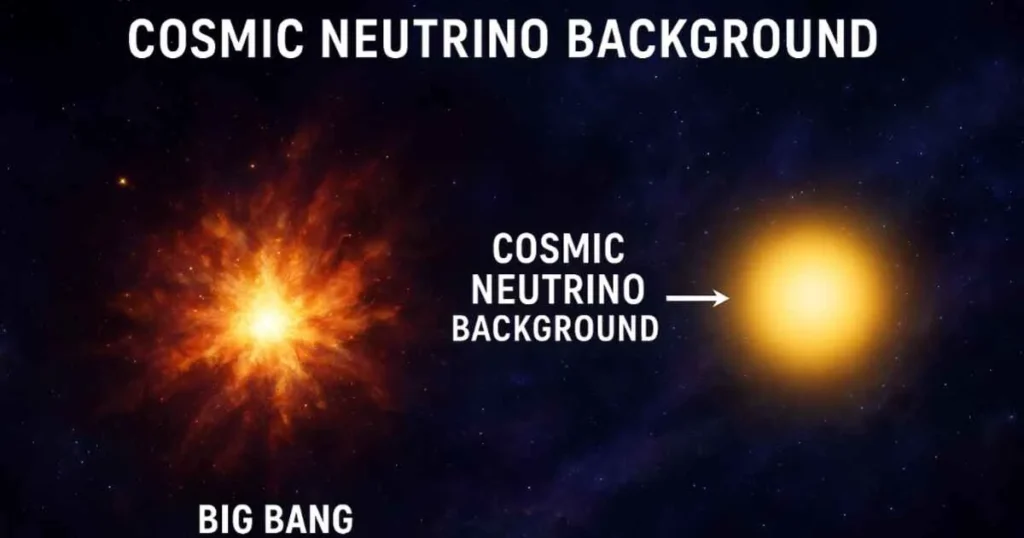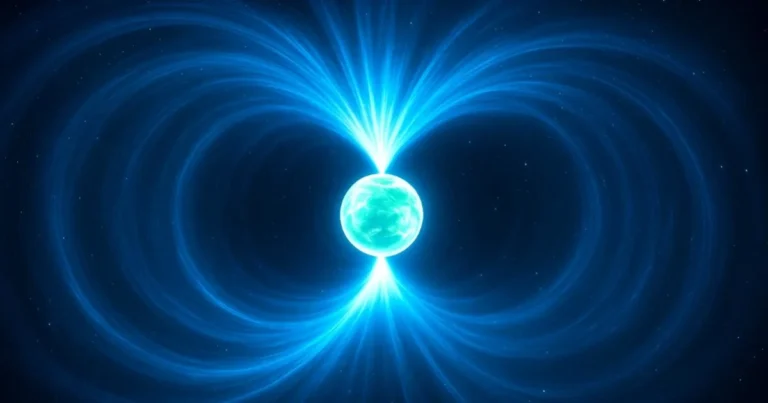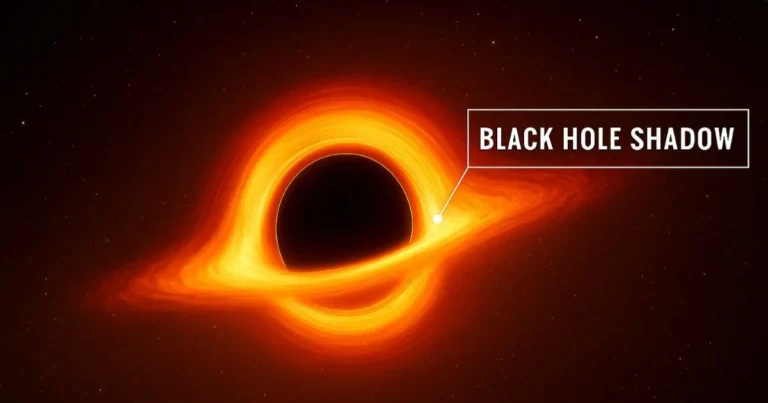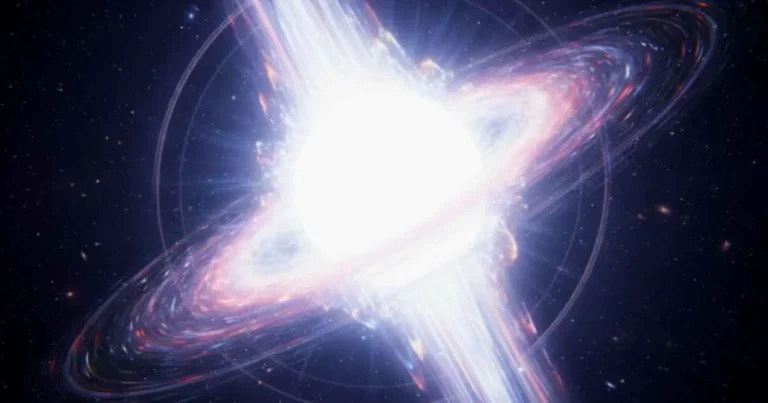Cosmic Neutrino Background: The Ghostly Relic of the Big Bang

Tags:
- CNB
- Cosmic Neutrino Background
When we talk about echoes of the Big Bang, most people instantly think of the Cosmic Microwave Background (CMB), that faint radiation mapped in dazzling sky surveys. But what if I told you there’s another, even older cosmic whisper hidden in the fabric of the universe? One that’s not made of light but of elusive particles drifting since the first second of existence. This is the Cosmic Neutrino Background (CNB), a relic radiation far harder to detect than the CMB, yet crucial to unlocking the mysteries of the universe’s birth.
What is the Cosmic Neutrino Background?
The Cosmic Neutrino Background (CNB), sometimes called the relic neutrino background, is essentially a fossil record of neutrinos released when the universe was just one second old. Unlike photons of the CMB, which decoupled about 380,000 years later, these neutrinos stopped interacting almost immediately, meaning they’ve been freely traveling across space for over 13.8 billion years.
Neutrinos themselves are ghostly: nearly massless, weakly interacting particles that can pass through light-years of lead without being stopped. The CNB is made up of trillions of these per cubic meter, streaming through you right now, yet you’ll never notice.
A Brief History: How the CNB Formed
The universe began in fire and fury. During its initial hundredths of a second, temperatures were so high that particles constantly collided and annihilated. Neutrinos were part of this early soup. Around 1 second after the Big Bang, the universe cooled long enough for the neutrinos to cease scattering off other matter. They “decoupled” and have, since then, free-streamed. This event created the Cosmic Neutrino Background, making it the oldest observable relic of the universe — even more ancient than the CMB.
In a sense, the CNB is like a ghostly diary entry from the universe’s infancy, whispering secrets about energy, density, and fundamental physics.
Why We Haven’t Detected the Cosmic Neutrino Background Yet
It’s easy spotting CMB photons, at least in comparison to neutrinos. Neutrinos barely interact with anything at all — that’s their special talent and curse. CNB neutrinos these days are extremely cold, their energies varying in the milli-electronvolt scale (even a photon of visible light carries millions of times larger energy).
This renderes them essentially invisible with present technology. For contrast: giant detectors such as Super-Kamiokande in Japan can observe high-energy neutrinos from the Sun or supernovae, but the CNB neutrinos would be much too feeble.
Researchers are developing techniques, such as utilizing ultra-cold tritium targets, in which atoms’ decay rate is altered slightly by the passing of neutrinos. Experiments like PTOLEMY are even conceptualized specifically to pursue these relics. Until this time, however, the CNB goes unseen — a theoretical guarantee rather than the experimental fact of life.
Why the Cosmic Neutrino Background Matters
The CNB isn’t just an obscure physics curiosity. Detecting it could revolutionize our understanding of the cosmos.
- Cosmology’s Missing Link: The CNB holds information about the universe’s density and energy distribution in its earliest second.
- Neutrino Mass Mystery: Measuring the CNB could reveal the exact mass of neutrinos, one of the great unsolved problems in physics.
- Clues About Dark Matter & Energy: Since neutrinos influence how galaxies form, the CNB might indirectly tell us how dark matter shaped cosmic structures.
- Testing Big Bang Models: Observing the CNB would confirm long-standing predictions of the Standard Model of Cosmology.
In short: it’s a key puzzle piece. Without it, our picture of the universe’s first heartbeat is incomplete.
The Cosmic Neutrino Background vs. the Cosmic Microwave Background
Both the CNB and CMB are relics of the Big Bang, but they’re very different:
| Feature | CNB (Neutrino Background) | CMB (Microwave Background) |
| Origin Time | ~1 second after Big Bang | ~380,000 years after Big Bang |
| Particles | Photons (light) | Photons (light) |
| Temperature Today | ~1.95 Kelvin | ~2.73 Kelvin |
| Detection | Not yet detected | Mapped in detail since 1965 |
| Importance | Earliest probe of universe | Window into matter–radiation era |
How Scientists Plan to Detect the CNB
Detecting relic neutrinos is at the cutting edge of science. A few possible methods:
- Tritium Capture Experiments (like PTOLEMY): Relic neutrinos may alter the beta decay of tritium, leaving subtle signatures.
- Cosmic Neutrino Capture on Dark Matter Halos: Some theories suggest relic neutrinos cluster around galaxies, amplifying their signals.
- Indirect Signals in Cosmology: Relic neutrinos already leave fingerprints in the CMB and large-scale structure — their existence is inferred, even if unseen.
It’s a challenge that could take decades, but success would be historic.
Cosmic Neutrino Background and the Bigger Picture
The CNB connects directly with some of the biggest cosmic mysteries we’ve explored before in our Stellar Illusion blogs . Just like Cosmic Filaments – The Universe’s Astonishing Neural Network
reveal the hidden scaffolding of matter, the CNB reveals the hidden whispers of the early universe.
It goes hand-in-hand with mind-bending enigmas like The Cognitive Limits of Human Astronomy, as we know the CNB exists, but our technology struggles to reach it. And when we finally do, the discovery might be as revolutionary as Quasi-Stellar Objects: The True Stellar Illusion
— and converting what we thought of as “ghost particles” into the very fabric of cosmological reality.
Final Thought: Listening to the Universe’s Oldest Whisper
Cosmic Neutrino Background is the cosmic heartbeat suspended in time, only waiting for us to hear it. Through its detection, we will not only verify decades of conjecture but remove the curtain off of the first second of everything. Until we do, it remains a ghostly relic we know is there but cannot touch yet. One day, when we will, we will finally read the first of the pages of the universe.
Frequently Asked Questions About the Cosmic Neutrino Background (CNB)
- 1. What is the Cosmic Neutrino Background (CNB)?
- The CNB is a faint sea of neutrinos left over from the first second after the Big Bang, much like the Cosmic Microwave Background but way harder to detect.
- 2. Why is the CNB so hard to detect?
- Because neutrinos barely interact with matter. They pass straight through stars, planets, and even you without leaving a trace, making them nearly invisible to our instruments.
- 3. How old is the CNB?
- The CNB formed about one second after the Big Bang, which makes it older than the Cosmic Microwave Background by roughly 380,000 years.
- 4. Has anyone detected the CNB yet?
- No direct detection has been made. We only have indirect evidence from cosmology and particle physics models, but scientists are working on experiments that might change that soon.
- 5. How could detecting the CNB help us?
- It could give us a direct window into the universe’s very first second, helping us understand physics at extreme energies, and even test theories beyond the Standard Model.
- 6. What temperature is the CNB today?
- It’s incredibly cold—about 1.95 Kelvin, just above absolute zero, which is cooler than the Cosmic Microwave Background.
- 7. Can the CNB tell us about dark matter?
- Yes, indirectly. The way neutrinos influence the universe’s structure could help rule out or support certain dark matter candidates.
- 8. What experiments are trying to find the CNB?
- Projects like PTOLEMY and other cutting-edge neutrino experiments are developing ultra-sensitive detectors aimed at capturing these elusive relic particles.
- 9. How many CNB neutrinos are around us?
- On average, there are about 330 CNB neutrinos per cubic centimeter of space—including right where you’re sitting now!
- 10. Why is the CNB sometimes called the “cosmic neutrino relic”?
- Because it’s literally a fossil from the Big Bang—neutrinos that have been streaming freely across the cosmos for nearly 14 billion years.
Comments
Please log in to leave a comment.
Related Posts

Magnetar: The Universe’s Most Extreme Magnetic Monster
Magnetars are ultra-magnetic neutron stars, cosmic beasts that emit bursts of radiation so powerful they can shake entire galaxies. Learn how they form, what makes them unique, and why their mystery continues to fascinate astronomers.

What Is a Black Hole Shadow? The Ultimate Glimpse into the Abyss
If you could stare into the heart of a galaxy, past the light, past the stars, and into pure darkness, what would you actually see? When astronomers talk about the black hole shadow, they’re referring to one of the most mind-bending sights in the universe, the silhouette of the unseeable, the faint outline of where […]

White Holes: The Universe’s Reverse Gear
If we were to rank the theories that have changed human history forever, the General Theory of Relativity would be at the top. The results it reveals are beyond human understanding. They show that the cosmos is filled with perplexing phenomena, some of which are purely hypothetical yet mathematically elegant. One such phenomenon is the […]